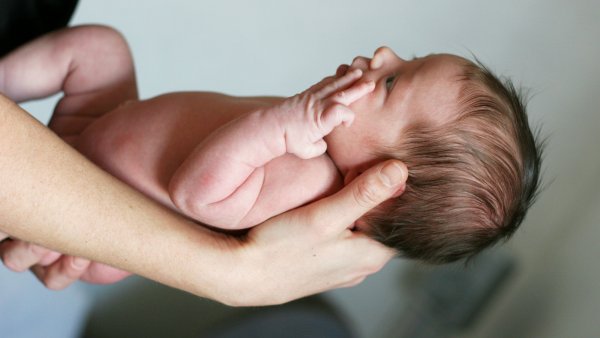
The primary care products that come in contact with baby skin are diapers and cosmetics. Baby cosmetics can be mainly subdivided in two groups, namely cleansing and protecting cosmetics. Recently there is an increase in baby care products that contain natural ingredients or fewer ingredients, however non-all-natural products like certain plant extracts, are recommended to be used on skin. Certain ingredients like perfumes, could lead to skin reactions and should be avoided in baby products, unless considered safe for use on baby. Other ingredients, like preservatives make sense in products where microorganisms can be a risk, like in aqueous based products.
When formulating products there are several factors that need to be considered and it is recommended to work together with experts like toxicologists and microbiologists to ensure the product is safe to use on baby skin. Some ingredients may also be prohibited or restricted in certain countries and experts need to be consulted to ensure that the product is allowed to be marketed and sold in that country.
The most appropriate strategy for diaper rash is prophylaxis, including keeping the skin clean and dry. Introduction of superabsorbent polymers is used to turn urine into gel. These are absorbent particles that can absorb huge amounts of liquid and therefore help keep the diapers thin but highly absorbent.
Bathing a baby for 5-7 minutes in lukewarm water (35-36°C) usually is sufficient. Better is to use so-called secondary tensides, including nonionics and amphoterics, or mild anionics such as sulfosuccinates, isethionates, and protein fatty acids condensates.
The use of bath foam is not suitable for babies because of its high content of primary tensides producing excessive foam. Parents often think that foam is important for its cleansing properties but foam has no cleansing function, and the ingredients required to produce a sufficient amount of stable foam are often quite irritating and not suitable to be used in baby shampoo, e.g., alkyl sulfates, and alkyl ether sulfates.
For cleansing of the baby and in particular the diaper zone, liquid cleansers based on oil-in-water (o/w) emulsions are often used, especially when water and washcloth are not well tolerated by the baby’s skin.
When a baby is prone to contact dermatitis, it is advised to screen the ingredients list because those tissues often contain high concentrations of preservatives, necessary to prevent microbiological contamination of the tissues.
Over the last two decades disposable baby wipes have been developed as an alternative to traditional cleansing methods. Wipes consist of a nonwoven carrier material soaked with an emulsion-type, watery or oily lotion. Cleansing studies confirmed that high-quality baby wipes are suitable for daily cleansing of the diaper area, of healthy babies as well as of babies with comprised, irritated skin, on newborn infants and on atopic and premature populations. A cleansing baby wipes with sufficient pH buffering capacity offers an opportunity to stabilize skin pH at physiologic levels and thus help to overcome the potentially detrimental effects of an elevated skin pH in the diaper area.
In good skin care of diaper zone, the application of emollients plays an important role, and the application of a cream layer can create an effective protective barrier. Protective emollients like petrolatum for the nappy zone are preventive or protect the skin against aggressions from urine, feces, and their interactions. Zinc Oxide (ZnO) is an often-used component in diaper rash protection products but may be considered a cosmetic or drug depending on the country. Allantoin, alpha-bisabolol, Aloe vera extract and silicones can be added to improve water resistance.
Talc powders are not often applied anymore in the diaper area. They absorb moisture, decrease maceration and help prevent irritation of the baby skin. Talc is susceptible to contamination with microorganisms and needs sterilization.
Susanna Brink, M. O. (2023). Baby Care Products. In E. J. Frank Dreher, Handbook of Cosmetic Science and Technology (pp. 339-340). Boca Raton, FL: CRC Press.